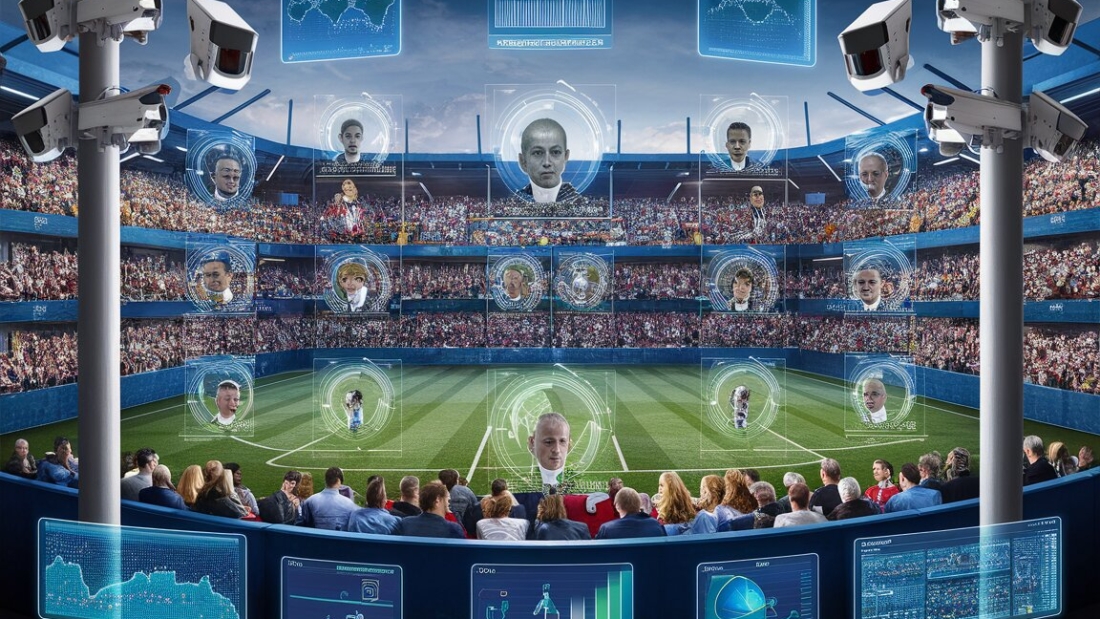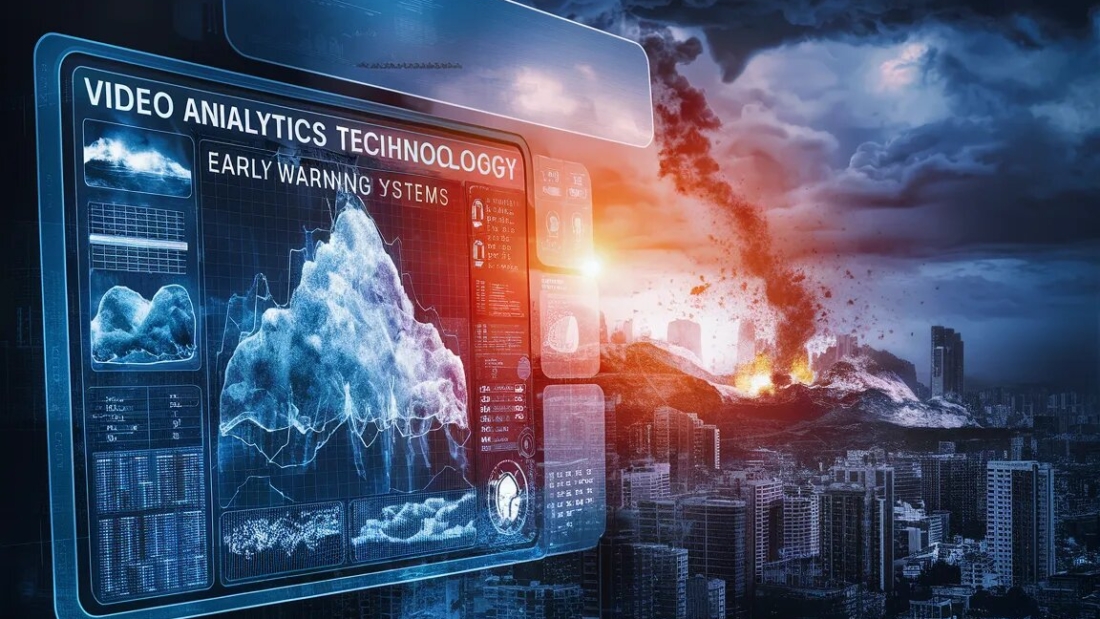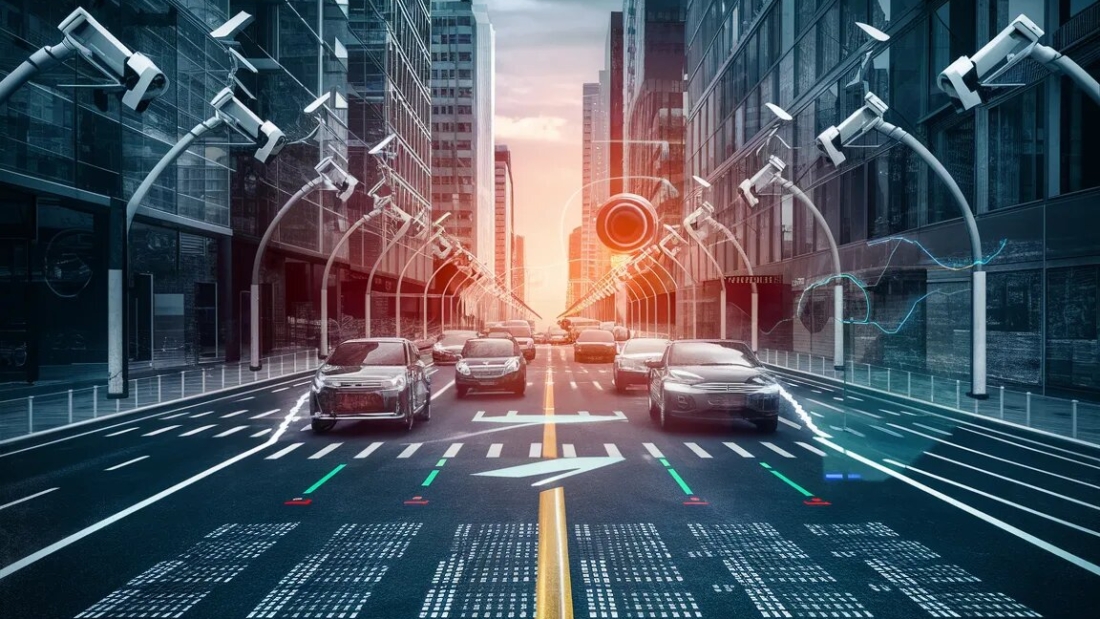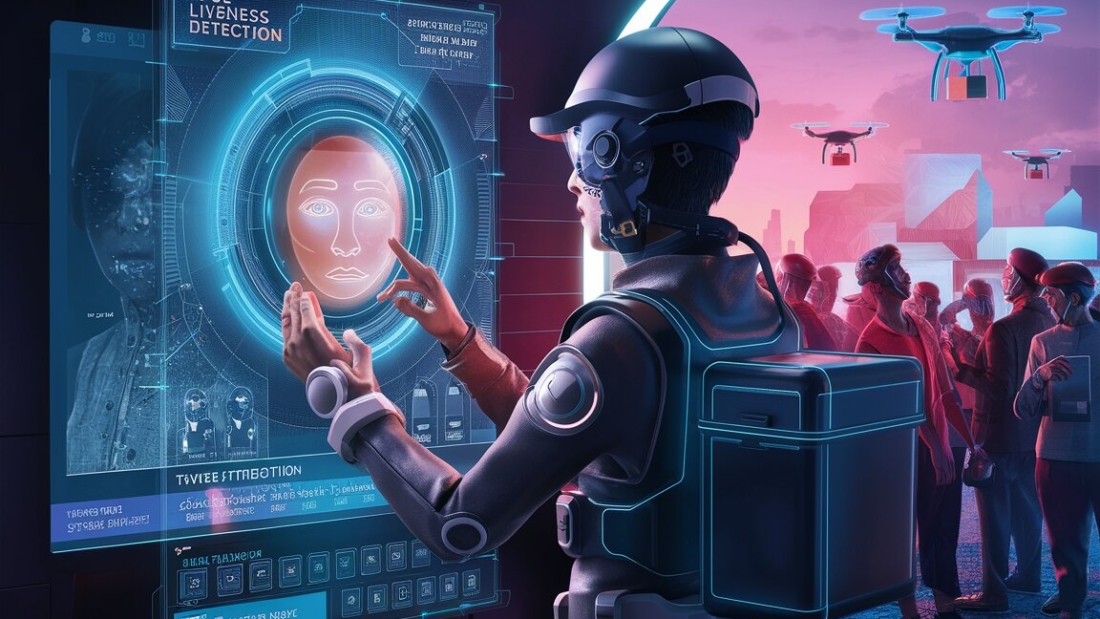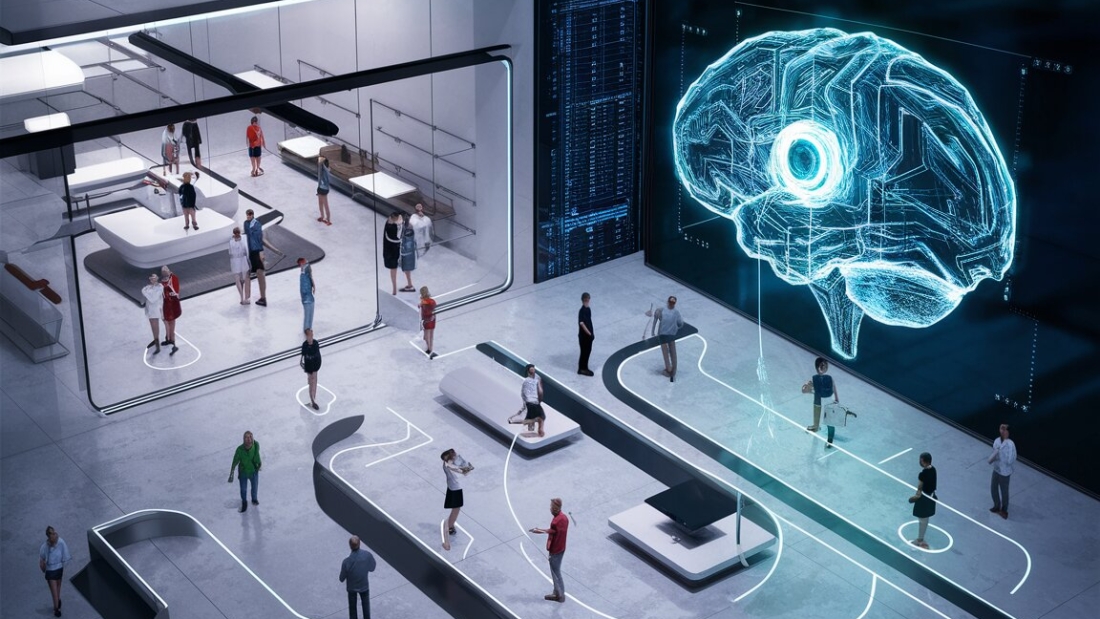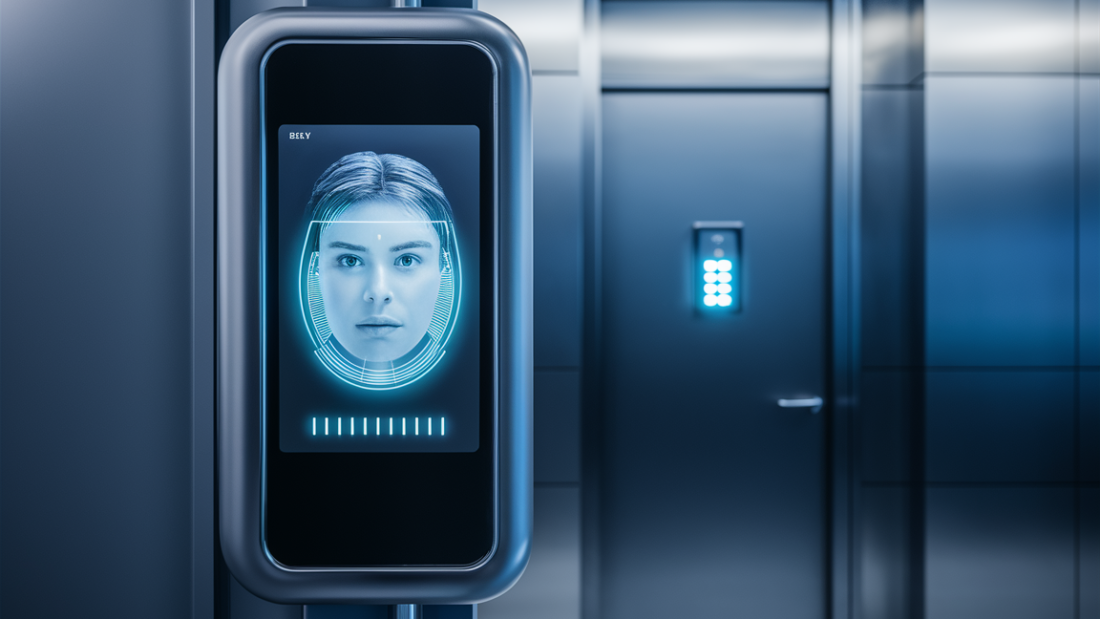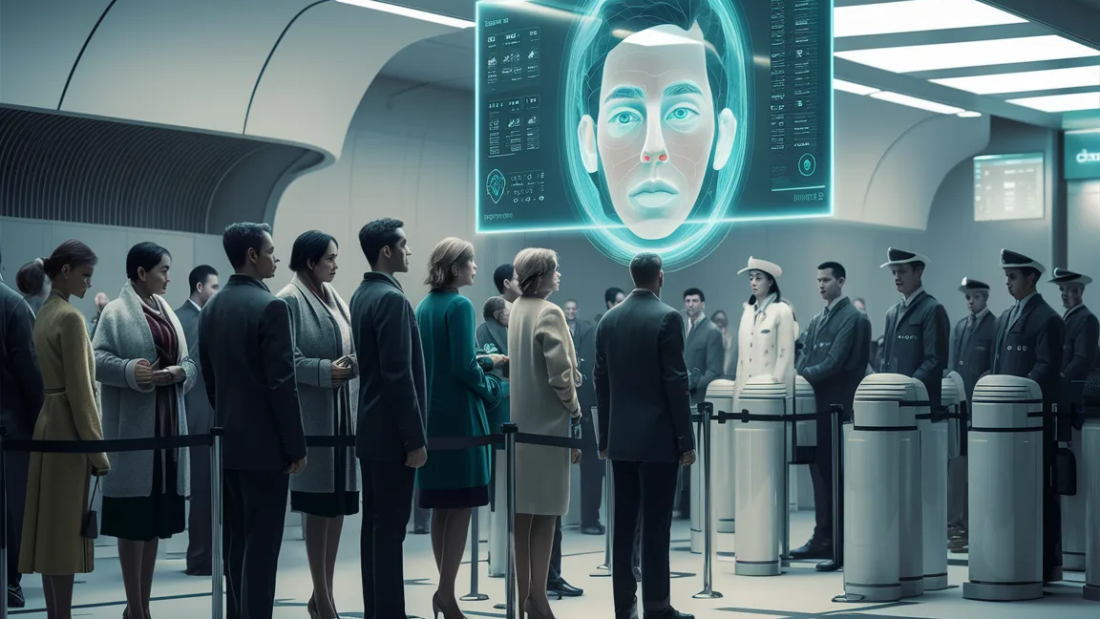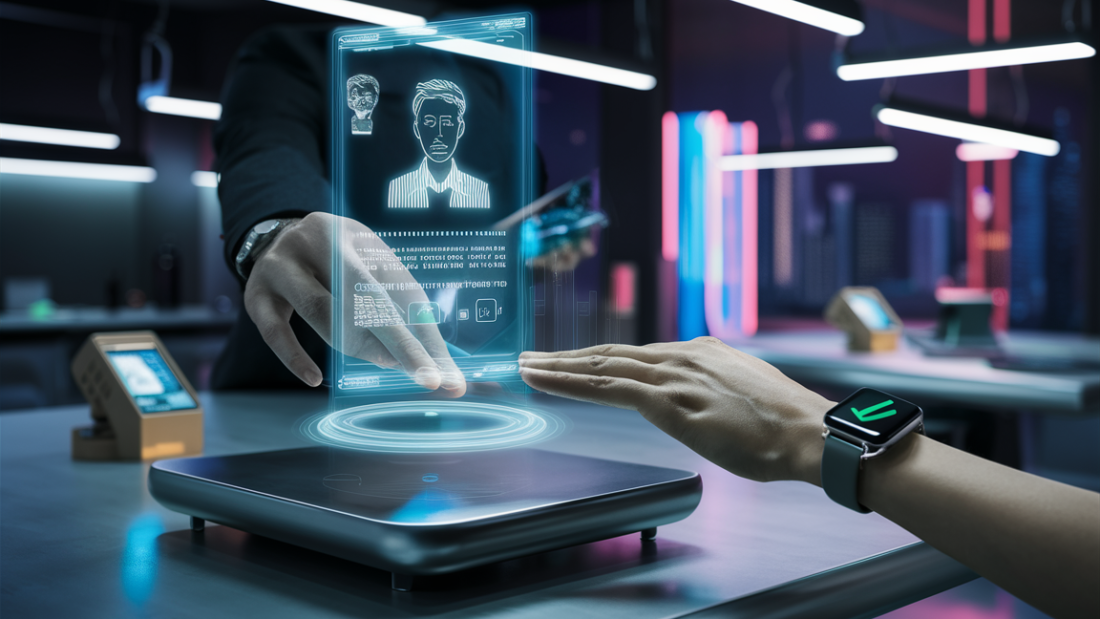Did you know that by 2024, the global face recognition market is projected to reach a staggering value of over $12 billion? Face recognition technology has rapidly evolved, becoming ubiquitous in various sectors. From unlocking smartphones to enhancing security systems, this cutting-edge technology offers convenience and safety like never before. As we delve deeper into the realm of face recognition, we uncover its applications across industries and its impact on privacy concerns. Join us on a journey through the fascinating world of face recognition technology, exploring its benefits, challenges, and the future it holds.
Key Takeaways
- Implementing face recognition technology can significantly enhance stadium security by providing real-time threat detection and improving access control.
- Integrating video analytics with face recognition can offer data-driven security insights for better crowd management and safety measures.
- Ethical and privacy considerations must be carefully addressed when deploying face recognition systems in stadiums to maintain public trust and compliance with regulations.
- The future of stadium security lies in the continued advancement of technologies like face recognition for more efficient and effective security measures.
- Stadiums can benefit from a holistic approach that combines various technologies to create a comprehensive security system that addresses challenges like crowd management and identification improvements.
- Leveraging face recognition for access control in stadiums can lead to quicker identification of potential threats and enhance overall security measures.
Fundamentals of Video Analytics
Implementing Software
Video analytics software is crucial for analyzing live video feeds to enable facial recognition. This technology allows for the identification and tracking of individuals in real-time.
Integrating video analytics with facial recognition enhances security systems by providing accurate and efficient monitoring capabilities. The software analyzes video data to recognize faces based on unique features.
Deep Learning Techniques
Deep learning techniques play a vital role in video analytics, ensuring precise face detection and tracking. Through complex algorithms, deep learning models can identify faces even in challenging conditions.
By leveraging deep learning, video analytics systems can continuously learn and improve their face recognition capabilities over time. This results in enhanced accuracy and reliability in identifying individuals.
Security System Enhancement
The integration of video analytics with facial recognition technology significantly boosts security systems’ effectiveness. By combining these technologies, organizations can strengthen access control measures and surveillance protocols.
Facial recognition technology powered by video analytics offers advanced security features, such as real-time alerts for unauthorized access attempts or suspicious activities. This proactive approach enhances overall safety and threat detection capabilities.
Stadium Security Challenges
Large Crowds
Stadiums face significant challenges in managing large crowds, especially during high-profile events. The sheer number of people entering the venue can overwhelm traditional security measures.
Implementing facial recognition technology allows for efficient identification and tracking of individuals within these massive crowds. This enables security personnel to pinpoint any suspicious activity swiftly.
Real-time Monitoring
Real-time security monitoring poses a challenge due to the dynamic nature of events within a stadium. Traditional surveillance methods may struggle to keep up with rapidly changing situations.
By integrating facial recognition technology, stadiums can achieve real-time monitoring capabilities. This technology continuously scans faces in the crowd, instantly identifying potential threats and alerting security teams.
Security Threats
Security threats in stadiums range from minor incidents to major risks that can endanger the safety of attendees. These threats include unauthorized access, violence, and even terrorism.
The utilization of facial recognition technology provides an added layer of security against such threats. By cross-referencing facial data with watchlists and criminal databases, security personnel can proactively address potential risks.
Integration with Existing Measures
Integrating facial recognition technology with existing stadium security measures enhances overall safety protocols. This integration ensures a comprehensive approach to threat detection and prevention.
Pros:
- Improved efficiency in identifying individuals in large crowds.
- Enhanced ability to detect and respond to security threats promptly.
Cons:
- Privacy concerns regarding the collection and storage of facial data.
- Potential technical glitches leading to false identifications.
Integrating Technologies for Enhanced Security
Access Control
Integrating facial recognition systems with access control technologies revolutionizes security measures. This fusion ensures only authorized personnel gain entry, minimizing unauthorized access instances.
Facial recognition technology in access control enhances security by providing a biometric authentication layer. This eliminates the vulnerabilities associated with traditional keycard or PIN-based systems.
AI Surveillance
Leveraging AI algorithms to enhance security involves integrating facial recognition with surveillance cameras. By doing so, real-time identification of individuals occurs, enabling proactive security responses.
The integration of facial recognition with surveillance cameras enables automated monitoring of large crowds in areas like stadiums. This proactive approach helps in identifying potential threats swiftly.
Security Infrastructure
Enhancing overall security involves integrating facial recognition technology with existing security infrastructure. By incorporating this technology, organizations bolster their defense mechanisms against potential security breaches.
The integration of facial recognition technology with existing security infrastructure provides a comprehensive security solution. This approach ensures a seamless and efficient operation of the entire security system.
Access Control and Identification Improvements
Secure Integration
Facial recognition technology offers secure integration with access control systems, ensuring only authorized individuals can enter restricted areas. By scanning unique facial features, access control becomes highly reliable and efficient.
Facial recognition enhances security by accurately verifying identities before granting access. This advanced technology minimizes the risk of unauthorized entry, providing a robust layer of protection for sensitive locations and valuable assets.
Efficient Identification
Integrating facial recognition into access control systems streamlines identification processes, reducing the need for physical credentials like keys or cards. Individuals can simply present their faces for quick and seamless verification.
Facial recognition technology enables swift identification, allowing authorized personnel to move through checkpoints rapidly. This efficiency is especially beneficial in high-traffic areas where delays can disrupt operations and cause inconvenience.
Accuracy and Speed
By adopting facial recognition for access control, organizations benefit from the combination of accuracy and speed in identity verification. This technology eliminates the possibility of forgotten or misplaced credentials, ensuring smooth entry for authorized individuals.
The speed of facial recognition systems significantly enhances access control procedures, enabling swift authentication without compromising security measures. This seamless process reduces bottlenecks at entry points, enhancing overall operational efficiency.
Real-Time Threat Detection
Enhanced Capabilities
Facial recognition technology significantly enhances threat detection capabilities by swiftly identifying individuals in real-time. This technology allows for the immediate comparison of faces against watchlists or databases, flagging any potential threats instantly.
Utilizing facial recognition systems enables security personnel to quickly identify and respond to suspicious individuals within a crowd. By integrating this technology into surveillance systems, security teams can proactively address security threats before they escalate.
Improved Security Response Times
Real-time monitoring through facial recognition technology leads to improved security response times. Security personnel can receive instant alerts when unauthorized individuals are detected, allowing them to take immediate action to mitigate potential risks.
Crowd Management and Safety
Facial Recognition Integration
Facial recognition technology plays a crucial role in crowd management and ensuring public safety. By integrating facial recognition systems, venues can efficiently monitor crowds and identify potential threats in real-time. This technology enables security personnel to quickly spot individuals of interest within large gatherings, enhancing overall safety measures.
Implementing facial recognition for crowd monitoring allows for swift identification of known troublemakers or individuals on watchlists. Security teams can proactively address any security concerns by promptly locating and addressing potential threats before they escalate. This proactive approach significantly improves the overall safety and security of crowded environments.
Enhanced Security Measures
The integration of facial recognition technology enhances traditional crowd management strategies by providing an additional layer of security. By utilizing this advanced technology, event organizers and security personnel can effectively track the movement of individuals within a crowd, ensuring that unauthorized persons are quickly identified and addressed.
One key advantage of using facial recognition for crowd management is its ability to detect anomalies in real-time. By comparing faces against databases of known individuals, security systems can flag any discrepancies or potential threats immediately. This proactive approach helps prevent incidents before they occur, ultimately creating a safer environment for everyone involved.
Data-Driven Security Insights
Predictive Analysis
Facial recognition systems leverage data analytics to provide predictive security analysis. By analyzing patterns and trends in facial recognition data, security experts can anticipate potential security threats before they occur. This proactive approach allows for timely intervention and risk mitigation.
Facial recognition technology enables the identification of suspicious individuals based on historical data and behavioral patterns. By utilizing this information, security teams can take preventive measures to address security concerns effectively. The ability to predict security incidents enhances overall safety measures and reduces vulnerabilities.
Threat Assessment
Through facial recognition data, security professionals can conduct comprehensive threat assessments. By examining facial features, movements, and interactions captured by surveillance cameras, potential threats can be identified and evaluated. This detailed analysis helps in understanding the intentions and behaviors of individuals within a specific environment.
Facial recognition systems provide real-time insights into potential threats by continuously monitoring crowds and identifying anomalies. Security personnel can assess the level of risk posed by individuals based on their facial characteristics and past activities. This proactive threat assessment enables quick responses to mitigate risks effectively.
Decision-Making Strategies
Security strategies are significantly enhanced through data-driven decision-making based on facial recognition insights. By incorporating facial recognition data into security protocols, organizations can make informed decisions regarding access control, monitoring procedures, and emergency responses. This analytical approach ensures that security measures are aligned with identified risks and threats.
Facial recognition technology empowers security teams to respond swiftly to evolving security challenges by leveraging real-time data analysis. The integration of facial recognition insights into decision-making processes enables proactive security measures that are tailored to specific scenarios. By utilizing these data-driven strategies, organizations can enhance overall safety protocols and improve emergency preparedness.
Ethical and Privacy Considerations
Ethical Concerns
Facial recognition technology has raised ethical concerns regarding surveillance and invasion of privacy. The potential misuse of this technology for tracking individuals without their consent is a significant worry.
To address these concerns, organizations must establish transparent policies to ensure responsible use of facial recognition data. Strict guidelines should be in place to regulate how this technology is deployed and prevent any unethical practices.
Privacy Protection
Protecting privacy is crucial when implementing facial recognition systems in security measures. Data encryption and secure storage methods are essential to safeguard sensitive information.
Organizations must prioritize user consent and data protection regulations, such as GDPR, to uphold individuals’ rights and prevent unauthorized access to facial recognition data.
Balancing Security and Ethics
Maintaining a balance between security needs and ethical considerations is paramount in the development of facial recognition systems. By integrating privacy safeguards, such as anonymization techniques, organizations can enhance security while respecting individual privacy.
Pros:
- Enhances security measures
- Improves efficiency in identifying threats
Cons:
- Potential misuse for surveillance
- Risks of unauthorized access to personal data
Implementation Guidelines
- Establish clear policies on data retention and deletion.
- Conduct regular audits to ensure compliance with ethical standards.
- Provide transparency about the use of facial recognition technology to build trust with users.
Future of Stadium Security
Facial Recognition Advancements
Facial recognition technology has evolved significantly, offering robust solutions for enhancing stadium security. By leveraging advanced algorithms and high-resolution cameras, facial recognition systems can accurately identify individuals in crowded environments. This advancement enables quicker identification of potential threats and enhances overall safety measures at stadiums.
The integration of facial recognition technology with artificial intelligence (AI) is poised to revolutionize stadium security. AI algorithms can analyze vast amounts of data in real-time, allowing for proactive threat detection and rapid response to security incidents. This synergy between AI and facial recognition ensures a more efficient and effective security infrastructure at stadiums.
Sophisticated Security Measures
The future of stadium security lies in the adoption of innovative technologies, with facial recognition playing a central role. These advancements enable seamless entry processes for fans, enhancing their overall experience while ensuring stringent security protocols are maintained. By incorporating facial recognition into access control systems, stadiums can streamline entry procedures and minimize the risk of unauthorized access.
Incorporating biometric identifiers such as facial recognition enhances the accuracy and reliability of security checks at stadiums. By utilizing unique facial features for identification purposes, stadiums can ensure that only authorized individuals gain access to restricted areas. This level of security not only safeguards attendees but also provides peace of mind regarding potential threats or breaches.
Shaping the Future
The convergence of innovative technologies is reshaping the landscape of stadium security, with facial recognition paving the way for enhanced safety measures. As stadiums continue to prioritize fan safety and experience, the implementation of facial recognition technology offers a proactive approach to security challenges. By embracing these advancements, stadiums can create a secure environment that prioritizes both safety and convenience for attendees.
- Enhanced identification accuracy
- Streamlined entry processes
- Proactive threat detection capabilities
Summary
You’ve delved into the world of stadium security, exploring the integration of video analytics, access control enhancements, real-time threat detection, and more. By embracing these technologies, stadiums can ensure a safer environment for all attendees while optimizing operations. Ethical considerations and data privacy must remain at the forefront as we progress towards a future where security is not just reactive but proactive and intelligent. The future of stadium security lies in harnessing data-driven insights to stay ahead of potential threats and provide a seamless experience for fans.
As you reflect on the advancements discussed, consider how these strategies can be applied in other large-scale settings to enhance safety and efficiency. Stay informed about evolving technologies and best practices in security to contribute to creating secure environments wherever you go.
Frequently Asked Questions
What are the key benefits of implementing face recognition technology in stadium security?
Face recognition enhances security by providing efficient access control, real-time threat detection, and crowd management. It also offers data-driven insights for better decision-making and improves identification processes for enhanced safety measures.
How does face recognition contribute to real-time threat detection in stadium security?
Face recognition technology can quickly identify individuals on watchlists or those posing threats, enabling security personnel to respond promptly to potential risks. This proactive approach enhances overall security levels during events and ensures a safer environment for attendees.
What ethical and privacy considerations should be taken into account when implementing face recognition in stadium security?
It is crucial to address concerns regarding data protection, consent, and transparency when deploying face recognition technology. Implementing strict privacy policies, obtaining consent for data processing, and ensuring secure storage of information are essential to maintain ethical standards while leveraging this technology.
Can integrating face recognition with other technologies enhance overall security measures in stadiums?
Integrating face recognition with access control systems, video analytics, and identification improvements creates a comprehensive security ecosystem. This synergy allows for seamless monitoring, rapid response to incidents, and improved operational efficiency in managing large crowds during events.
How does face recognition technology contribute to the future of stadium security?
Face recognition represents the future of stadium security by revolutionizing access control, threat detection, and crowd management practices. Its advanced capabilities not only bolster security protocols but also pave the way for innovative solutions that prioritize safety and enhance overall spectator experiences.
